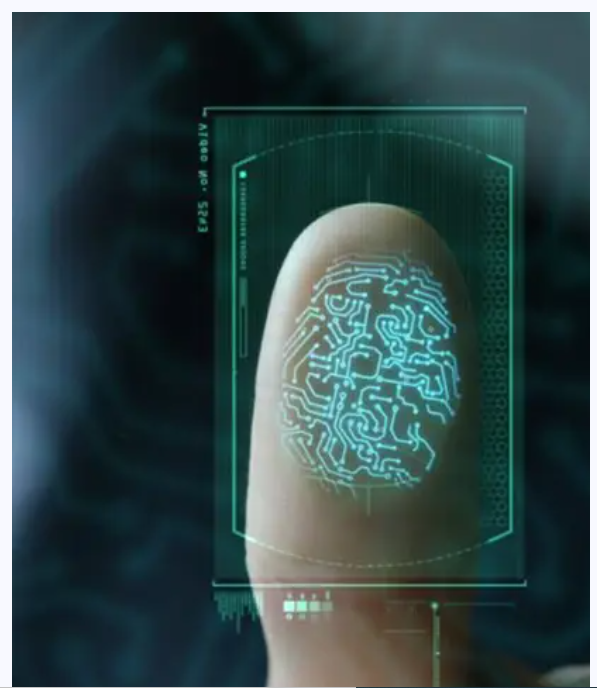In today’s fast-paced digital landscape, where online transactions and identity verification processes are increasingly common, security has become paramount. Fraudsters are constantly developing new tactics to bypass conventional security measures, pushing organizations to adopt advanced methods that ensure a secure user experience. Two key technologies that have emerged as crucial solutions in digital identity verification are Certified Liveness Detection and NFC Identification. In this blog, we’ll explore how these technologies work, their benefits, and why they’re essential in safeguarding digital identities.
What is Certified Liveness Detection?
Certified Liveness Detection is a biometric technology designed to ensure that the person attempting to verify their identity is physically present and not a spoofing attempt, such as using photos, videos, or masks. This advanced method is crucial in preventing fraud during remote onboarding processes where facial recognition is involved.
Liveness detection works by analyzing subtle, real-time facial movements and behaviors that only a living person can exhibit, such as blinking, head movements, or even changes in lighting on the skin. By doing so, it distinguishes between a live human and a static image or pre-recorded video.
Types of Liveness Detection:
- Active Liveness Detection: Requires the user to interact, like blinking or moving their face in specific directions, to prove they are real.
- Passive Liveness Detection: In contrast, passive liveness detection doesn’t require any specific actions from the user. It analyzes subtle, involuntary actions like micro-movements to confirm the user’s presence without their knowledge.
Certified liveness detection is often subjected to strict audits and regulations to meet certain industry standards, ensuring that it delivers accurate results and reduces the risk of fraud.
Benefits of Certified Liveness Detection
- Preventing Identity Fraud: The primary advantage is its ability to stop fraudsters from using fake images, masks, or recordings to impersonate others.
- Improved User Experience: Liveness detection technologies like passive methods offer seamless integration into verification processes, reducing user friction.
- Compliance with Regulations: Certified liveness detection ensures organizations comply with anti-fraud and identity verification standards like GDPR, KYC (Know Your Customer), and AML (Anti-Money Laundering) regulations.
- Multi-Layer Security: Paired with facial recognition or biometric fingerprinting, certified liveness detection adds another layer of defense, making identity verification more robust.
Understanding NFC Identification
Near-Field Communication (NFC) Identification is another powerful tool used in identity verification. NFC technology enables devices to communicate with each other when they are in close proximity, typically within a few centimeters. Most commonly known for contactless payments, NFC is also widely used in secure identity verification, especially for authenticating government-issued ID documents such as passports and driver’s licenses.
How NFC Identification Works:
- NFC-enabled Device: Users can tap their NFC-enabled smartphone or other NFC device on a reader or another device.
- Data Exchange: The NFC chip securely transmits encrypted information stored on the chip embedded in an ID card or passport.
- Verification: This information is then verified by the system, confirming the authenticity of the document and the identity of the individual.
With the increase in remote and online services, NFC identification is becoming more popular in mobile-based verification processes, especially in industries like finance, government services, and travel.
Benefits of NFC Identification:
- High Security: NFC technology is highly secure because of its encryption and proximity requirements, ensuring that data is protected during transmission.
- Fast and Convenient: NFC offers an easy, touchless way to verify identity, speeding up verification processes in industries like banking, airports, and e-commerce.
- Versatile: NFC identification can be used in a wide range of industries beyond payments, including healthcare, insurance, and education, making it a versatile technology.
- Authentication of Physical Documents: NFC technology can read data directly from the chip embedded in ID cards and passports, ensuring the document’s authenticity.
How Certified Liveness Detection and NFC Identification Work Together
When combined, certified liveness detection and NFC identification create a multi-layered security system that ensures both the person and their identity document are genuine. Here’s how they complement each other:
- First Layer - NFC Identification: The system reads and authenticates the individual’s ID document through an NFC-enabled smartphone or reader.
- Second Layer - Liveness Detection: The system then verifies that the person holding the ID is alive and physically present by using liveness detection.
By integrating both technologies, businesses can ensure that their identity verification processes are secure from start to finish, protecting both themselves and their customers from fraud.
The Growing Importance of Secure Digital Identity Verification
With cyberattacks and identity theft on the rise, both individuals and organizations must prioritize security. Industries such as financial services, e-commerce, healthcare, and government services are increasingly adopting certified liveness detection and NFC identification for:
- Remote Onboarding: Verifying new customers or employees without requiring them to visit a physical location.
- Authentication of High-Value Transactions: Ensuring secure identity verification for large financial transactions.
- Document Verification in Travel and Immigration: Enhancing the security of passport verification and border control.
Both of these technologies reduce reliance on traditional, easily spoofed methods, like passwords or simple ID checks, to ensure a much safer digital world.
Conclusion
The combination of Certified Liveness Detection and NFC Identification is revolutionizing the world of digital identity verification. As fraudsters get more creative in bypassing traditional security measures, these technologies stand as formidable barriers against identity theft and fraudulent activities. Businesses and organizations that adopt these methods not only safeguard themselves but also provide peace of mind to their customers, ensuring that their personal information is protected in every transaction.
With the rapid advancement of biometric and contactless technologies, investing in certified liveness detection and NFC identification is no longer optional but essential for organizations looking to future-proof their security protocols.





Comments